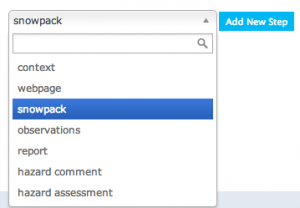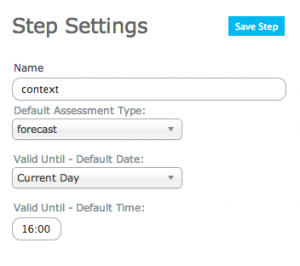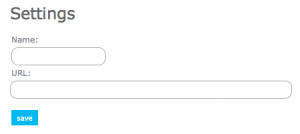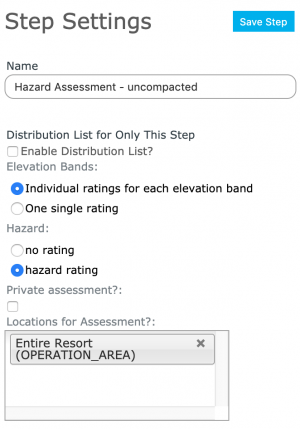Difference between revisions of "Creating a workflow template"
Jump to navigation
Jump to search
(→Details of: Types of workflow steps and the information required to set them up) |
(→Details of: Types of workflow steps and the information required to set them up) |
||
| Line 107: | Line 107: | ||
*A dropdown list provides the list of predefined reports that you may select for viewing. | *A dropdown list provides the list of predefined reports that you may select for viewing. | ||
{{Note|You can only select reports that have been previously defined. See: 'Creating reports'}} | {{Note|You can only select reports that have been previously defined. See: 'Creating reports'}} | ||
| − | {{Issue | Currently the list available reports does not populate the dropdown list - NO WORKAROUND | SAFE-952 | 2013-10-23}} | + | {{Issue | Currently the list available reports does not populate the dropdown list - NO WORKAROUND | Style(default: NoteNoImage) | SAFE-952 | 2013-10-23}} |
| + | {{Issue | Content. | Style(default: NoteNoImage) | Issue Number | Date} | ||
|- | |- | ||
|class="StepNum" | Hazard Comment: | |class="StepNum" | Hazard Comment: | ||
Revision as of 17:19, 23 October 2013
| REQUIREMENTS | |
| Permission | Operation administrator and higher |
| Connectivity | Online and partial offline |
This document describes how to create a workflow in the infoex system.
Background
A workflow links together user-specified tasks into a logical order so that users can repeatedly move through the same steps. Creating a workflow consists of two main tasks:
- Defining the workflow name and choosing its general features
- Adding at least one workflow step
Step-by-step description
| 1. | login to the infoEx system with an account that has Operation Administrator privileges. | ||||||||||||||
| 2. | if you are enabled in more than one operation you must select an operation on the first screen after logging in. | ||||||||||||||
| 3. | TASK 1: Create a new workflow
| ||||||||||||||
| 4. | TASK 2: Add a step to the new workflow.
|
Details of: Types of workflow steps and the information required to set them up
| Context: | A 'context' step provides information about the workflow itself and offers a place to record the following information:
| ||||
| Webpage: | A 'webpage' step allows the workflow user to view a stored webpage without leaving the application. The following information is required to set it up:
| ||||
| Snowpack: | A 'snowpack' step allows the workflow user to add a snowpack description in narrative form. The following information is required to set it up:
| ||||
| Observation: | An 'observation' step allows you to fill out a customized observation as part of the workflow. The following information is required to set it up:
| ||||
| Reports: | A 'report' step allows you to view a customized infoex report as part of the workflow. The following information is required to set it up.
{{Issue | Content. | Style(default: NoteNoImage) | Issue Number | Date} | ||||
| Hazard Comment: | A 'hazard comment' step allows you to create and add a comment about avalanche hazard in narrative form to your workflow. The following information is required to set it up:
| ||||
| Hazard Assessment: | A 'hazard assessment step allows you to create and add a hazard assessment to your workflow. The following information is required to set it up:
|
Related documents
- How to add a location to your operation.
- Customizing a report
Functionality tested by
- not tested




